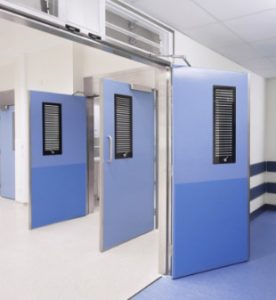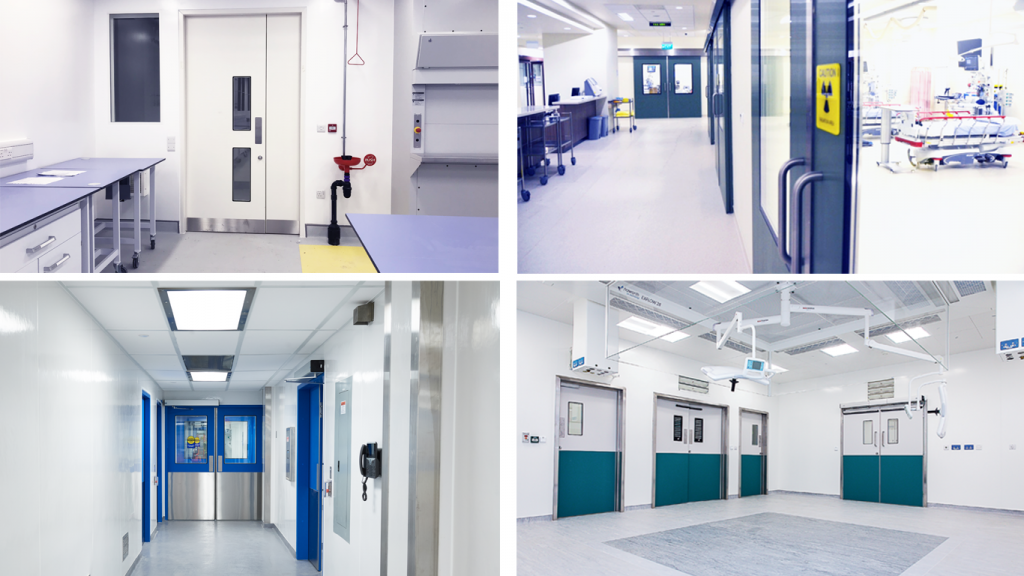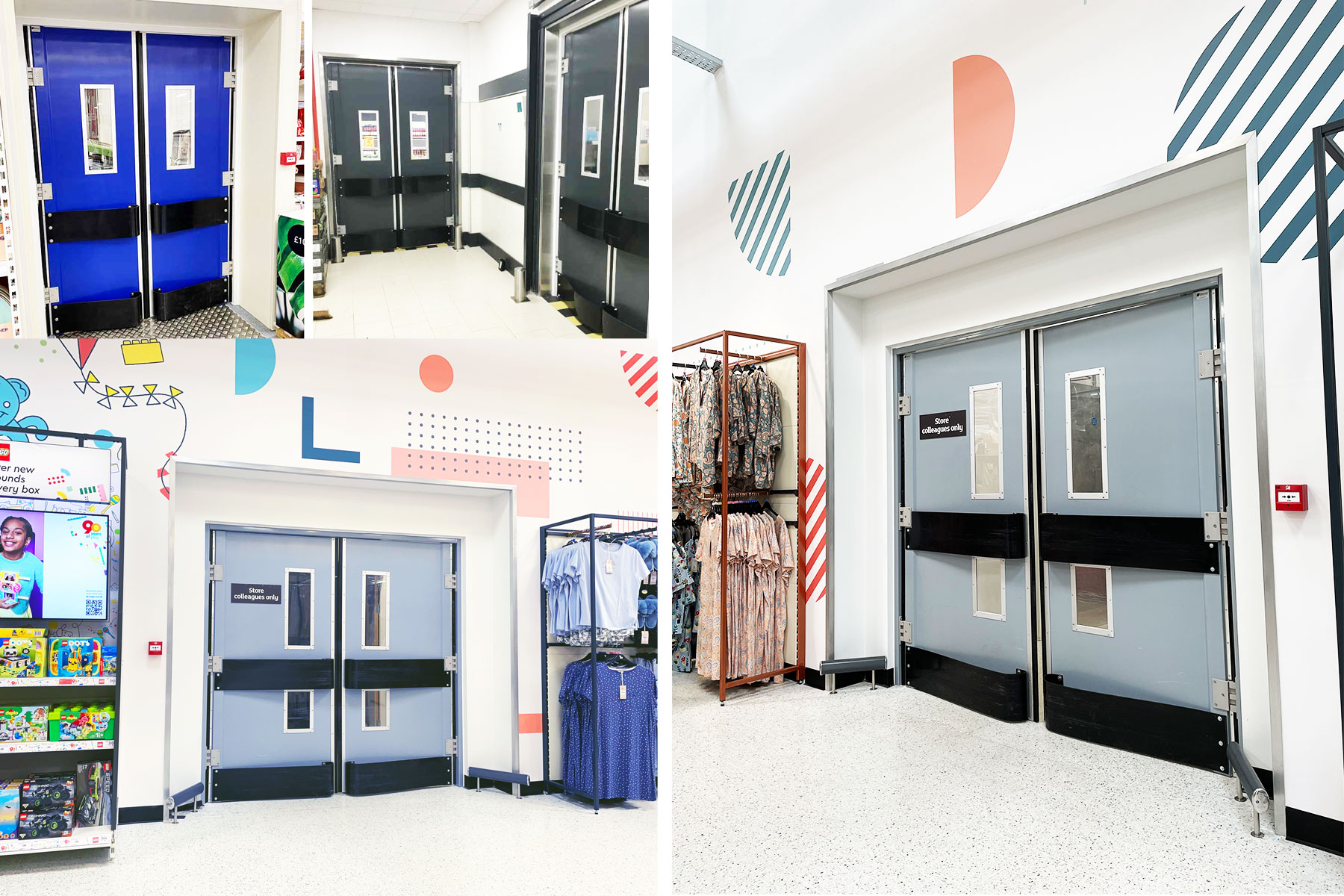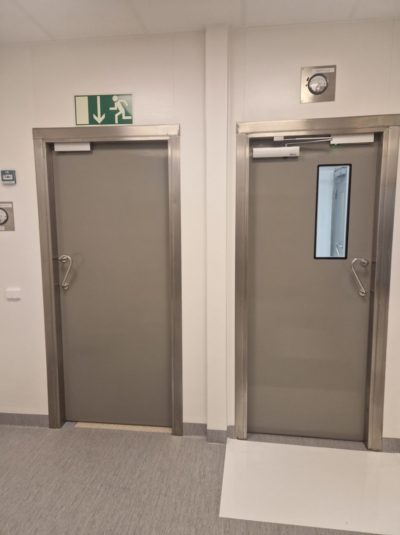Changing Building Sites: Industrialisation and Automation of the Building Process
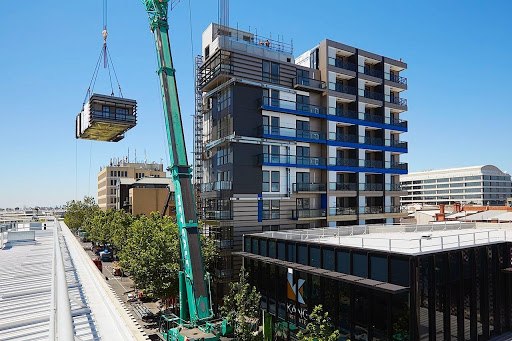
Experts project that prefabrication and modular construction will see major growth in the industry.
Notably, while construction ground to a near halt, modular contractors have not been affected in the same way. Modular construction is far less labour intensive, making it easier to ensure safer distancing. Labour is drawn from local communities, so people come together from a smaller geographical area, bringing the added advantage of improving work-life balance for many.
Factory labour also tends to be on the books and therefore less susceptible to the uncertainties that have beset self-employed workers, reducing stress at a time of great concern. And the factory itself brings benefits, because it is by its very nature a controlled environment – more ordered, regimented and process-driven.
While it is fair to say that the industry has made huge improvements in health and safety across traditional construction, with enhanced professionalisation of site management and a focus on worker wellbeing that has never been so strong, the social distancing issue highlights the underlying problem. Without a fundamental shift in the way that buildings are designed and built and without the use of less labour-intensive modern methods of construction, we will never be able to provide construction workers with the environment that they deserve.
Off-site construction would not have avoided all disruption of course, but the simple truth is that off-site factories and contractors are still producing buildings and working on site while many traditional construction sites are closed.
Dortek delivers high-quality, modular door systems that help make construction faster, safer and smarter.
Modular door systems are designed to work together as a complete system and offer numerous advantages for architects and specifiers. They are ideal for a wide range of applications including pharmaceutical, food, healthcare, retail and leisure environments.
Quick and Simple Installation
A Modular door has the hardware integrated with the door and installed at the factory which dramatically reduces onsite disruption, labour time and installation costs. It also reduces the probability of issues such as improperly installed hardware or hardware compatibility.
In addition to this, it saves the installers the inconvenience of arriving onsite to find incorrect parts which can cause further delays. It also eliminates the need to worry about parts arriving at separate times or being misplaced onsite. With Modular doors, frames can be included with an order which saves the time and hassle of needing to specify frames for each door. It also assists with social distancing measures as less time is spent onsite and doors can be installed quicker and more efficiently.
Servicing and Maintenance
Modular door systems are much more cost efficient and easier to service and repair if they’re sourced from one supplier. It also makes the warranty straight forward if it’s one complete system rather than individual components.
Fire Safety
Specifying fire doors has become an increasingly complex task. Fire safety is a critical part of the construction process so it’s essential that the appropriate fire door is selected and expertly installed.
A modular door is not only tested on specifics of the door component, but also as a complete unit. This provides a more accurate and reliable fire door system. Modular door systems also include seals around the door’s edges to keep smoke out; this removes the need to manually fit seals onsite.
Some modular doors include a built-in intumescent strip that swells when exposed to heat. In some countries including the US, the method which is used to configure and install a door with an intumescent strip is regulated by law. Any reputable supplier offering doors with a built-in intumescent strip will guarantee code compliance.
Code Compliance
Doors play an integral role in a buildings ability to meet safety standards and building codes. Codes are important for many reasons and they can be environment specific. For example, hospital doors are required to have specific opening sizes to allow free movement for clinical equipment, gurneys and wheelchair users.
BIM
There is a natural link between the use of BIM and modular construction or offsite manufacturing. BIM software assists the preparation of a tight construction methodology prior to modular units arriving at site. It also greatly improves the visualisation and control of the final product as potential problems can be identified early in the design process. Overall the introduction of BIM makes modular construction much more controllable before production and installation.
Environmentally Friendly
As manufacturers and architects look for more sustainable designs for improved environmental impact, modular construction is a good fit. Building in a factory controlled environment reduces waste and onsite disturbance. Each stage is carefully planned and most of the waste produced is either recycled or re-used once again in the manufacturing process. It also reduces onsite traffic thereby improving overall safety and security.

